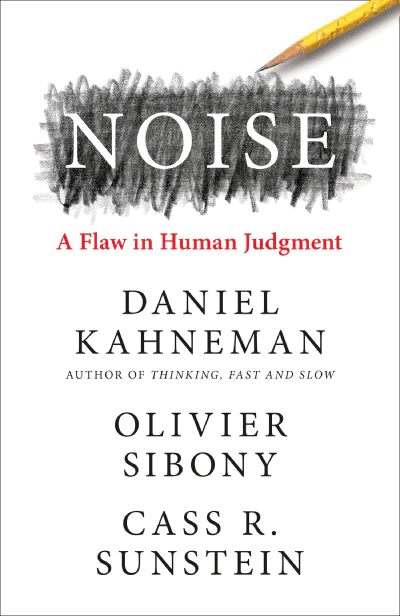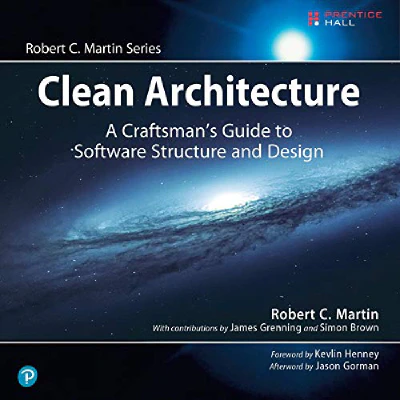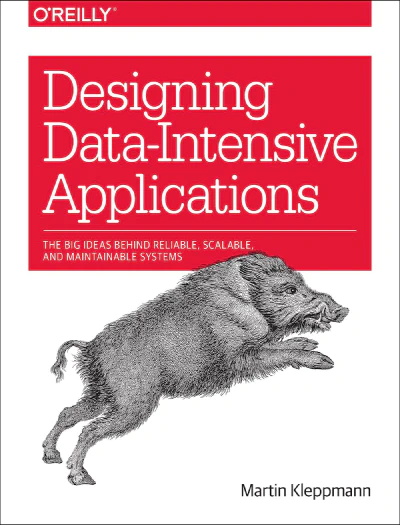
Noise - Part III - Noise in Predictive Judgments
How to measure the noise in our daily decisions?
Which is better - expert judgment or mechanical prediction using very simple models/rules? Surprisingly, the model of you beats you! Even a simple regression model based on your past decisions!
How to make rules/models even less noisy? How can rules/models become more biased sometimes?
Why don’t people always use models (if they are so good) and still rely on their bad judgment?
When do we not need models?








